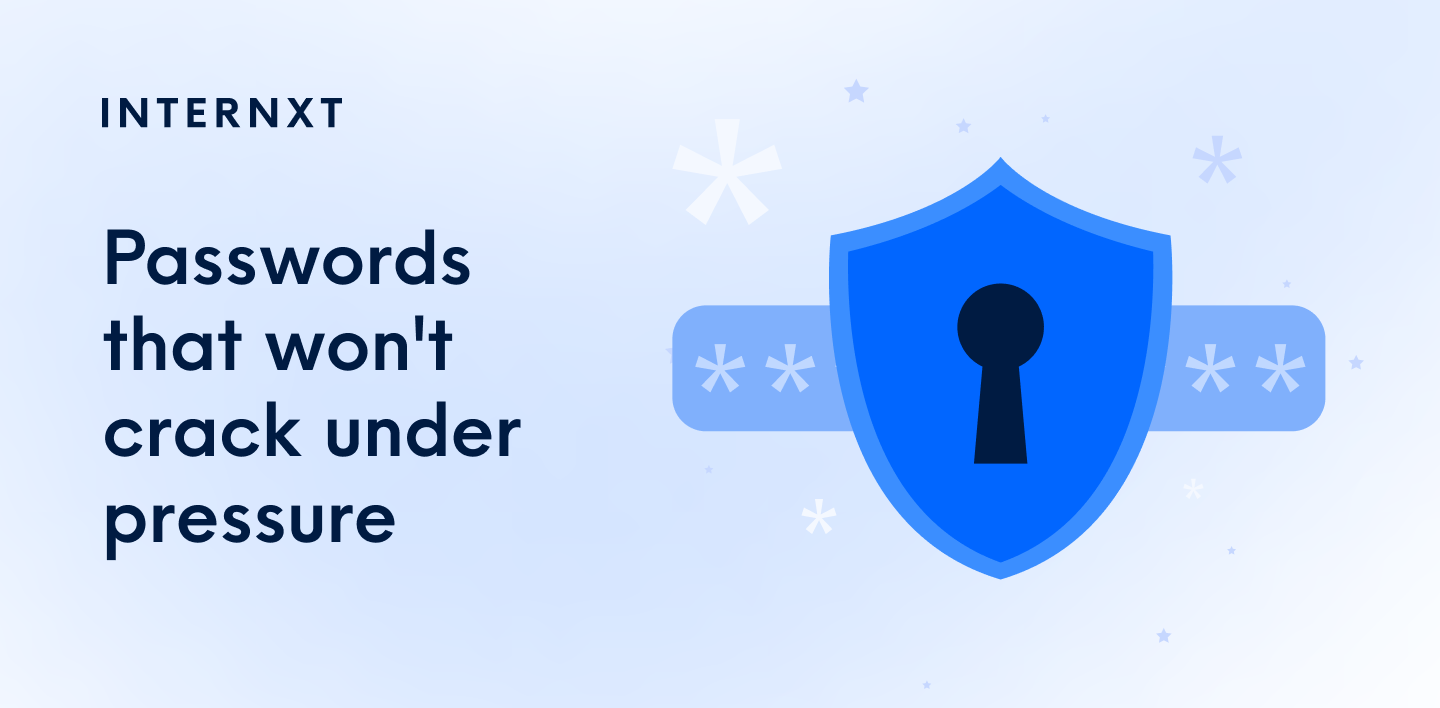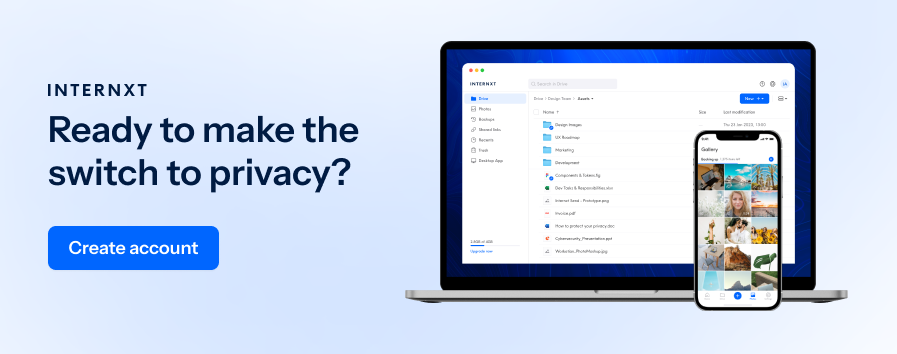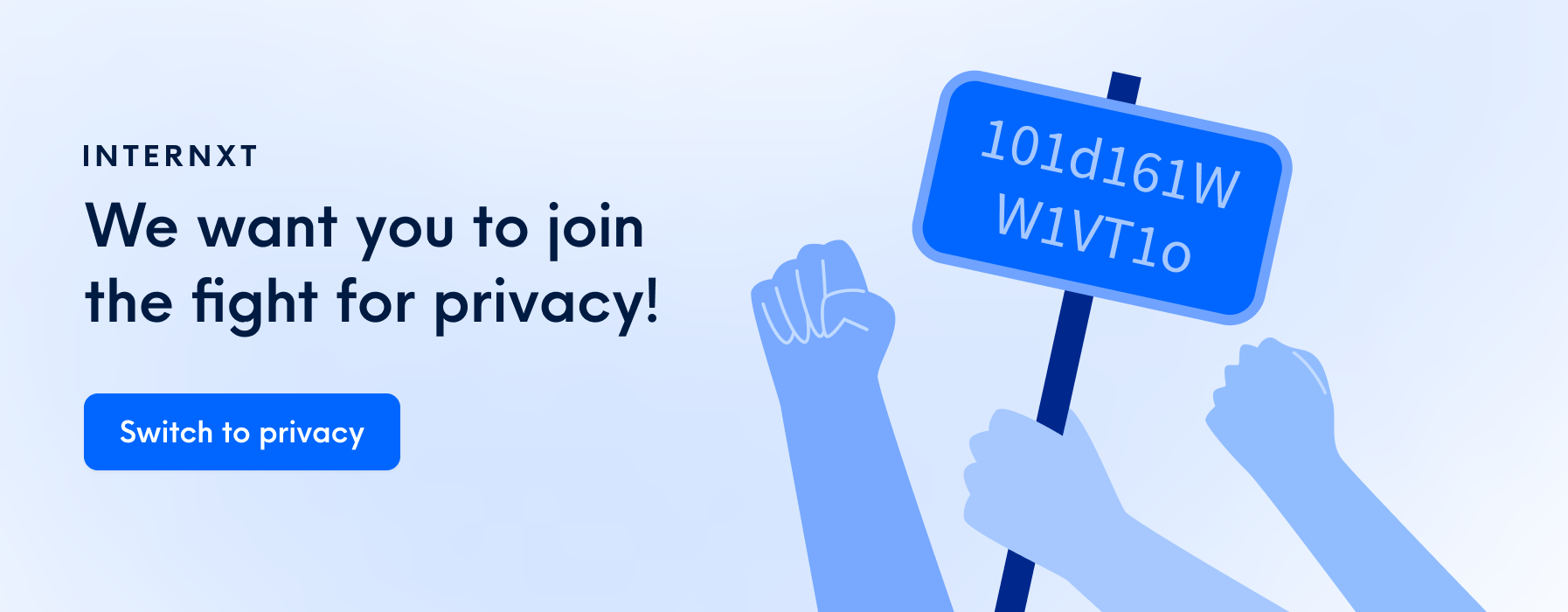What is Open Access Research and Why It's a Good Thing

The birth of the internet gave way to infinite possibilities for researchers and students alike.
By cutting costs to help employed people carry on learning, researchers also have an immense amount of data to manage.
Enabling writers to publish and share their findings with the world while providing graduates with crucial information to support their chosen field of study, using the internet for research can be a huge benefit.
However, you have to show caution with how websites handle your information. The main issue is that it isn't always possible to confirm the source or the authenticity of the information.
With many adults fact-checking their news, it’s also interesting to note that:
- On average, Google’s search queries are processed at a speed of over 40,000 every second. This translates to over 3.5 billion daily searches and 1.2 trillion searches yearly.
- Research proves that open access literature receives more citations than traditional 'pay-to-view' publishing models.
Free and open-access research is breaking the barriers to scientific and technological processes in the following ways presented throughout this article.
What is Open Access (OA)?
Open access is free of most copyright and licensing restrictions; domains produce scholarly research publications and academic journals that are accessible to the general public.
Whether you're studying for the first time, undertaking a PhD, or simply curious about learning a new topic, open access allows anyone to download, copy, distribute, print, search, or link to the full article completely free.
As set out by the Berlin Declaration on Open Access (2003), open access research aims to make the future Web as sustainable, interactive, and transparent as possible. Now signed by nearly 300 research institutions, libraries, archives, museums, funding agencies, and governments, electronic open access can stimulate new information-based economic activity.
The public primarily funds open access research, meaning it is immediately accessible, reusable, and free of charge to anyone.
What's the Difference Between Open Access and Subscription Models?
Quite simply, open access provides readers with entirely free, easily accessible data-driven research papers. On the other hand, subscription articles require a fee to access the entire piece.
A significant difference that authors should take note of is how open access articles retain copyright. This contrasts with subscription articles, where a copyright transfer license is used. This removes any rights the author has to copyright.
Open-access authors retain the copyright of their work through a Creative Commons (CC) license. This allows others to copy and distribute their work for non-commercial purposes.
What Are The Most Popular Types of Open Access Publishing?
From electronic theses and dissertations to digital repositories, blogs, search engines, and more. With over 30,000 academic journals currently available, OA journals follow a comprehensive color coding system for ease.
Each type of open access publishing is categorized by color and what it allows, which we have outlined below:

Gold Open Access
Gold open access is a publishing model where scholarly articles or research papers are made freely accessible online to readers when they are published. The entire research content is available in this model without paywalls, subscriptions, or other access barriers.
The author or institution covers the cost of the article processing charge (APC). Once published, users can read, download, print, or copy the content without any financial, legal, or technical barriers.
Green Open Access
In contrast to gold, green open access doesn’t require APCs. Instead, the first draft is stored in an institutional repository in a regular subscription-based journal. However, after a specific period, the author can make the article accessible on another website or repository.
With this model, people can still access the research without paying, but it may not be the exact version that appeared in the journal.
Hybrid Open Access
A hybrid model will combine elements of a subscription-based model; some articles are free (gold access), whereas others will be behind a subscription. Authors can pay the APCs to make it openly available to anyone. If the authors don’t pay, the article will not be publicly available.
Hybrid attempts to compromise traditional models with open publishing. Authors believe that hybrid is the first step to 100% open research, even though others have criticized this model due to its higher costs.
What Is an Example of Open Access?
With an estimated 65% of the world's 100 most cited papers trapped behind a paywall, the open access movement is gaining real momentum.
To help you fully understand the open access concept and its color-coding system, here are four examples of the most popular options available.
Gold OA Example
The Public Library of Science (PLOS) is a prime example of the Gold Open Access model. It offers unlimited access to research papers covering science and computing technology, medicine, and other literature.
Green OA Example
Harvard University implements green access research for its Digital Access to Scholarship at Harvard (DASH) repository. Faculty members and researchers at the University deposit their scholarly articles in DASH after they are accepted for publication or peer-reviewed, making them freely available to the public before or after they are published on a subscription model.
Hybrid OA Example
The Journal of Computational Biology provides immediate access to some articles for free, provided that the author or institution pays the APC. If not, the rest of the papers remain behind a subscription paywall.
From computer science resource libraries to e-print archives and directories, the information revolution is in full swing thanks to thought-provoking open-access resources.

What Is the Difference Between Open Access and Public Domain?
Public domain refers to all creative work not protected by copyright, trademarks, or patents. This means it can be legally used or referenced by anyone with permission.
Depending on the date of first publication, the general rule of thumb for works created after 1 January 1978 is that the copyright protection lasts for the author's life plus an additional 70 years.
Once this is up, it goes into the public domain. When this happens, anyone can create content featuring the subject without fearing copyright infringement or plagiarism.
Furthermore, open access is very different to open source. It refers to open source software rather than open access research. Learn more about open-source with these popular apps for remote workers.
What Are the Positive Effects of Open Access?
If you’re still wondering how you can benefit from an open-access research model, let’s take a closer look at the range of benefits free and it offers.
1. Free Research Sources for All
The bottom line of open-access research is to make academic articles and journals freely available to everyone. With costs creeping up in all walks of life, the importance of sourcing free yet reliable sources of information has never been greater.
2. Engage With a Broader Audience for Greater Impact
Eliminating the traditional paywall factor will open your research to a broader audience. More people reading, downloading, sharing, and citing your work will boost the visibility of your research tenfold.
Open research also benefits developing and low-income countries, as without subscription-based journals, they can access various topics without economic boundaries.
With inclusivity in mind, some open research journals even offer discounted or removed fees for research papers for poverty-stricken countries. Depending on the type of research, open access publications can also be searched freely via any web browser in search engines like Google Scholar.
3. Faster Results
Thanks to permissive licenses like Creative Commons licensing (CC), open access research provides a much faster way to improve existing research.
4. Greater Levels of Transparency
Open and transparent data sourcing underpins the main idea behind the open research model. The integrity of your research is reinforced by its free availability. So, by providing free access to your data online, the transparency and credibility of your research are considerably strengthened.
Traditional publishing models can also be exploited by companies looking to advertise. Free and open access research is a much more trustworthy source if you value transparency.

5. Potential for More Collaboration and New Research Opportunities
Collaboration is at the heart of all good research. After all, sharing research is the stepping stone to innovation and development. So, by giving other researchers, policymakers, and medical workers access to your research, you can gain new contacts who may develop into new collaborative partners.
6. Live Up to the Demands of Funding Bodies
If your research doesn't live up to the expectations of your funding body, you may not receive the funds proposed initially to you. To manage your time effectively and make the most of your research endeavors in the realm of open access resources, you may consider using more advanced technology tools.
Integrating a WordPress appointment booking can be a valuable addition to your research toolkit, allowing you to organize your schedule efficiently, allocate dedicated time slots for research activities, and ensure a streamlined approach to exploring the vast array of open-access materials.
Additionally, utilizing school scheduling software can benefit academic institutions and researchers alike.
This software enables efficient scheduling of classes, meetings, and research activities, ensuring smooth coordination and maximizing productivity within educational settings.
To determine if a specific journal complies with a funder's OA policy and the required actions, Sherpa Fact is a funders and authors compliance tool worth investigating.
What Is the Biggest Open Access Journal?
So, you want to expand your knowledge with open access research but don't know where to start. Well, to help you out, we’ve compiled a brief list of five of the most popular open-access journals and resources just for you.
Elsevier
Dedicated to identifying areas for action to support researchers, Elsevier has been serving the scientific community with highly credible open access journals for over 140 years. It offers Gold open access (free) and Green open access journals (require payment).
Covering pretty much all areas of science and medicine, journals you can expect to see on Elsevier include cardiology, diabetes, and even cultural heritage.
SAGE Open
As the first open-access journal dedicated to the social sciences, SAGE Open is one of the most reputable peer-reviewed journals.
Publishing original research and review articles in an interactive, open access format, high quality, rapid publications go hand in hand with SAGE Open.
SpringerOpen
Another highly reputable open access source, SpringerOpen welcomes all individuals involved in science, technology, the humanities, and the social sciences.
They also offer Journal Suggester, a user-friendly search engine that recommends suitable academic articles. Utilizing artificial intelligence to review and compare articles, The Springer Journal Suggester is a proactive educational research tool that will help to match you with the best-suited journal for your research.
Directory of Open Access Journals (DOAJ)
With many more open-access journals and articles to discover, the Directory of Open Access Journals offers an extensive index of varying open access journals worldwide.
As a search engine, the DOAJ allows you to look up over 15,000 open access journals online. It covers all areas in all fields and offers journals in different languages - strengthening the open access principle of freely accessible research papers.
We're sure you'll agree; expanding your knowledge on different subjects of interest has never been easier than with open-access research!
OASPA
The Open Access Scholarly Publishing Association (OASPA) encourages and enables open access as the predominant communication model for educational outputs. They aim to develop and distribute solutions to advance open access and ensure a diverse community.
Approved OASPA members must undergo a rigorous application review process and adhere to their Code of Conduct.

What Is The Future of Open Access Research?
Much like Internxt is fast becoming the favorite open source for all things privacy-related, free and open access research is quickly revolutionizing how scholars access, share, and re-use information globally.
No matter whether you’re a publisher, author, or subscriber, open access research has the potential to attract more readers, promising collaborations, citations, and more awareness for researchers and their institutions.

